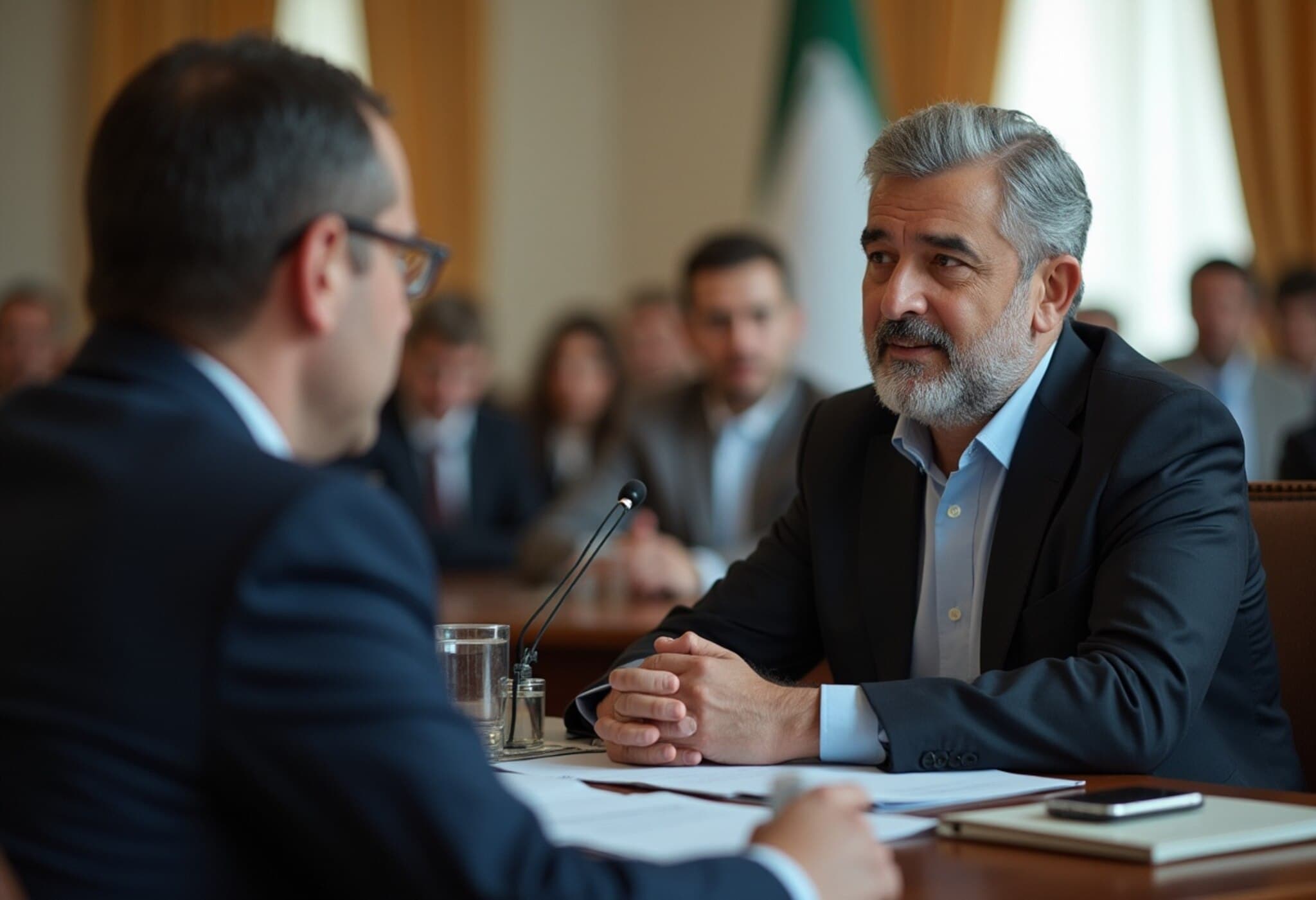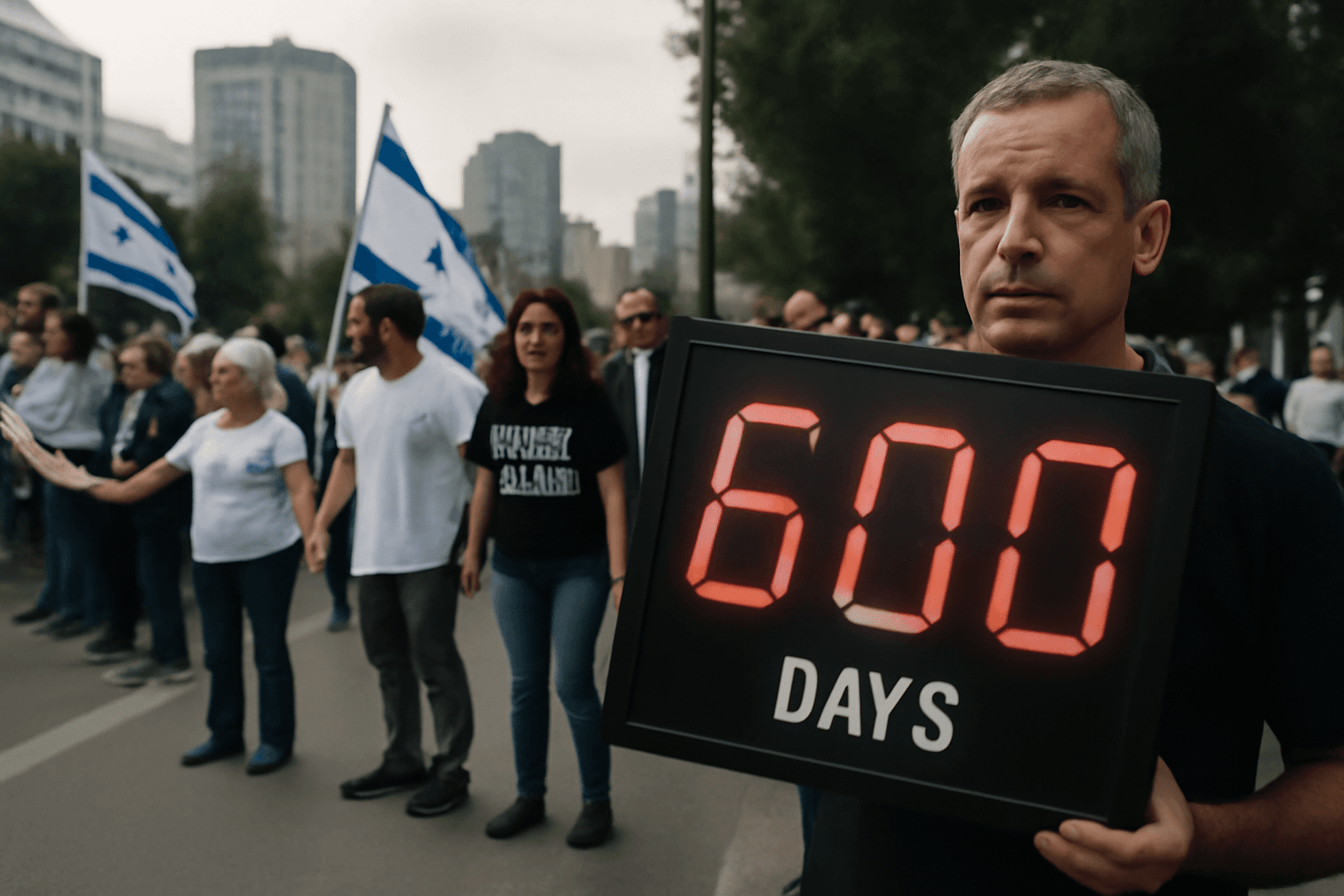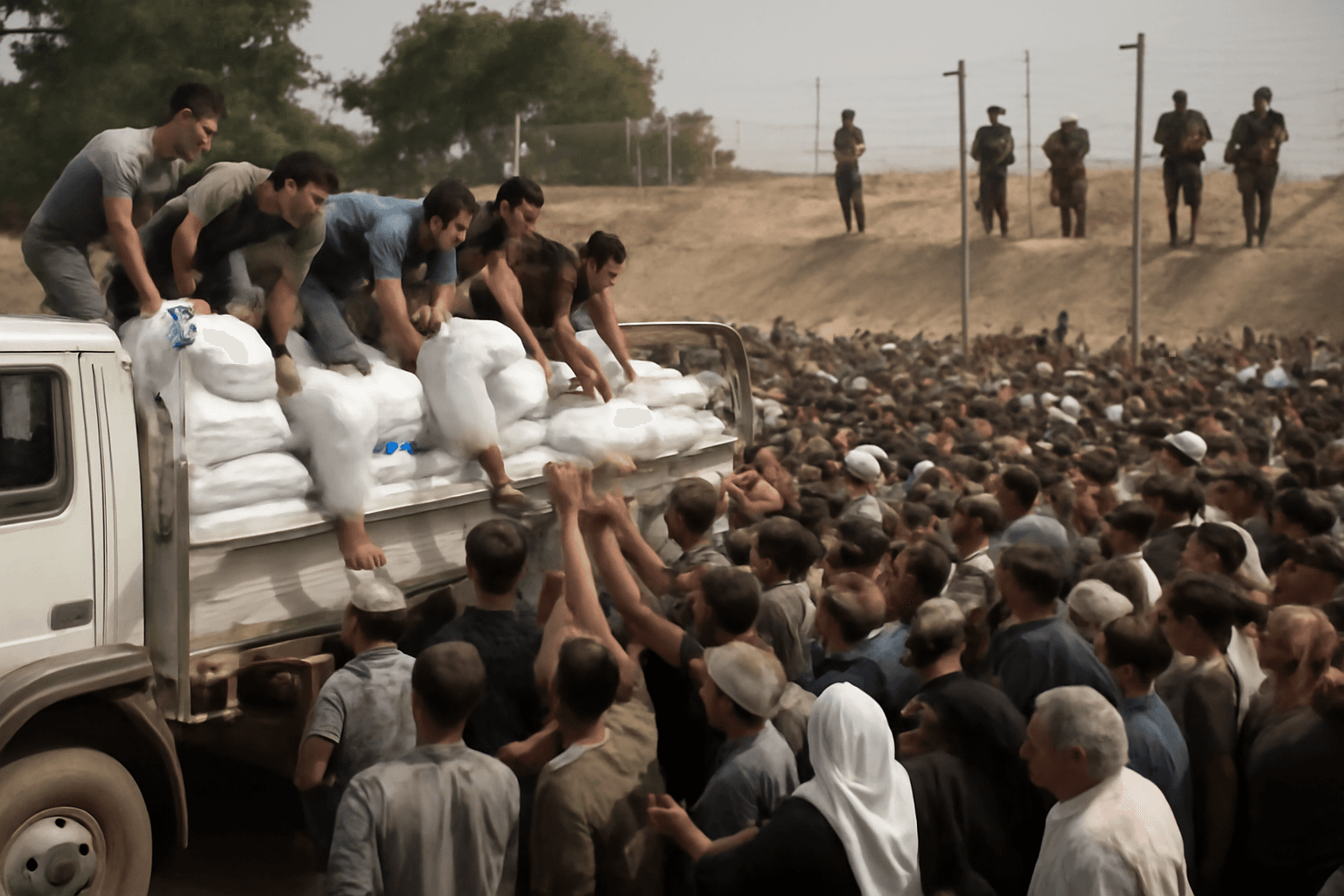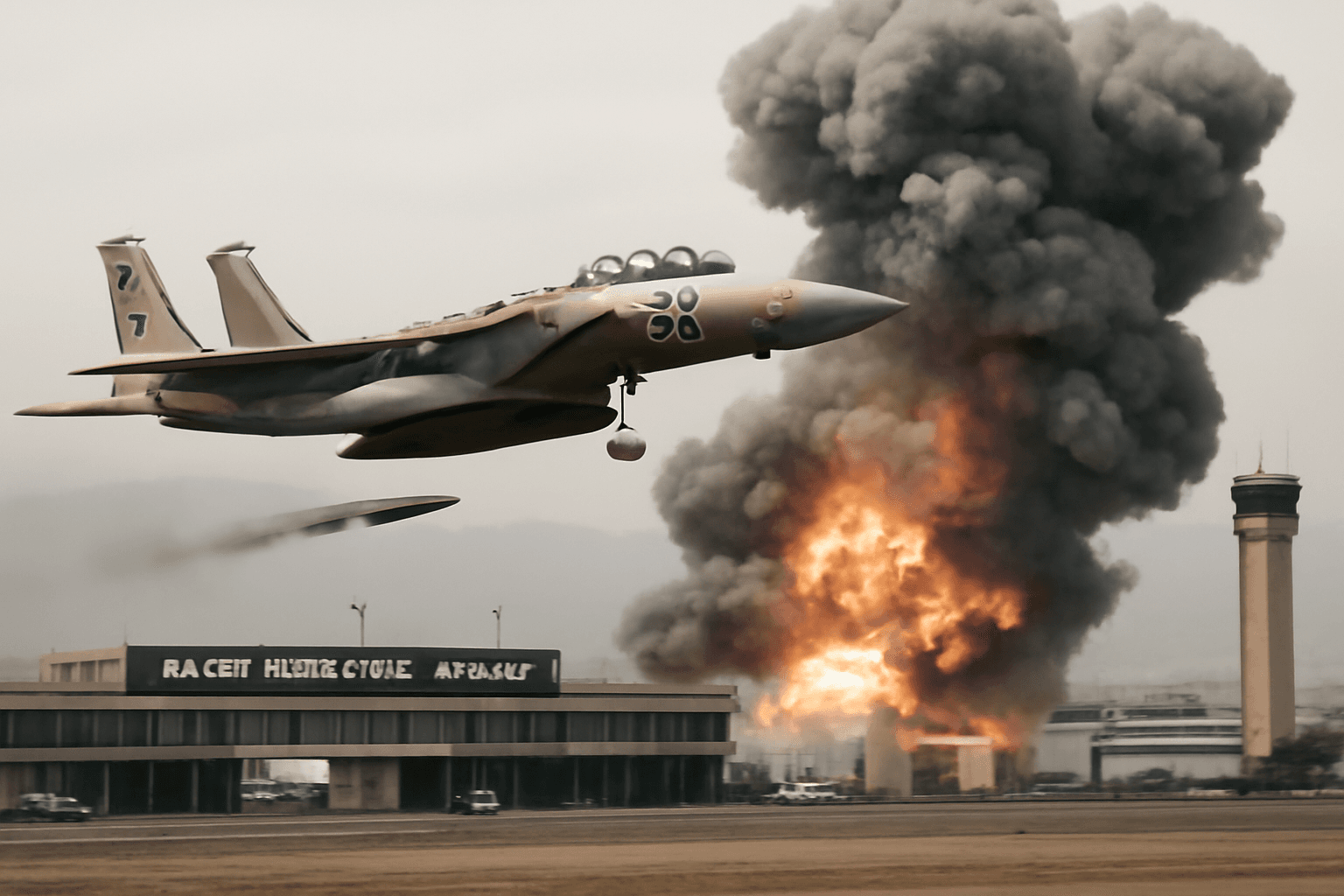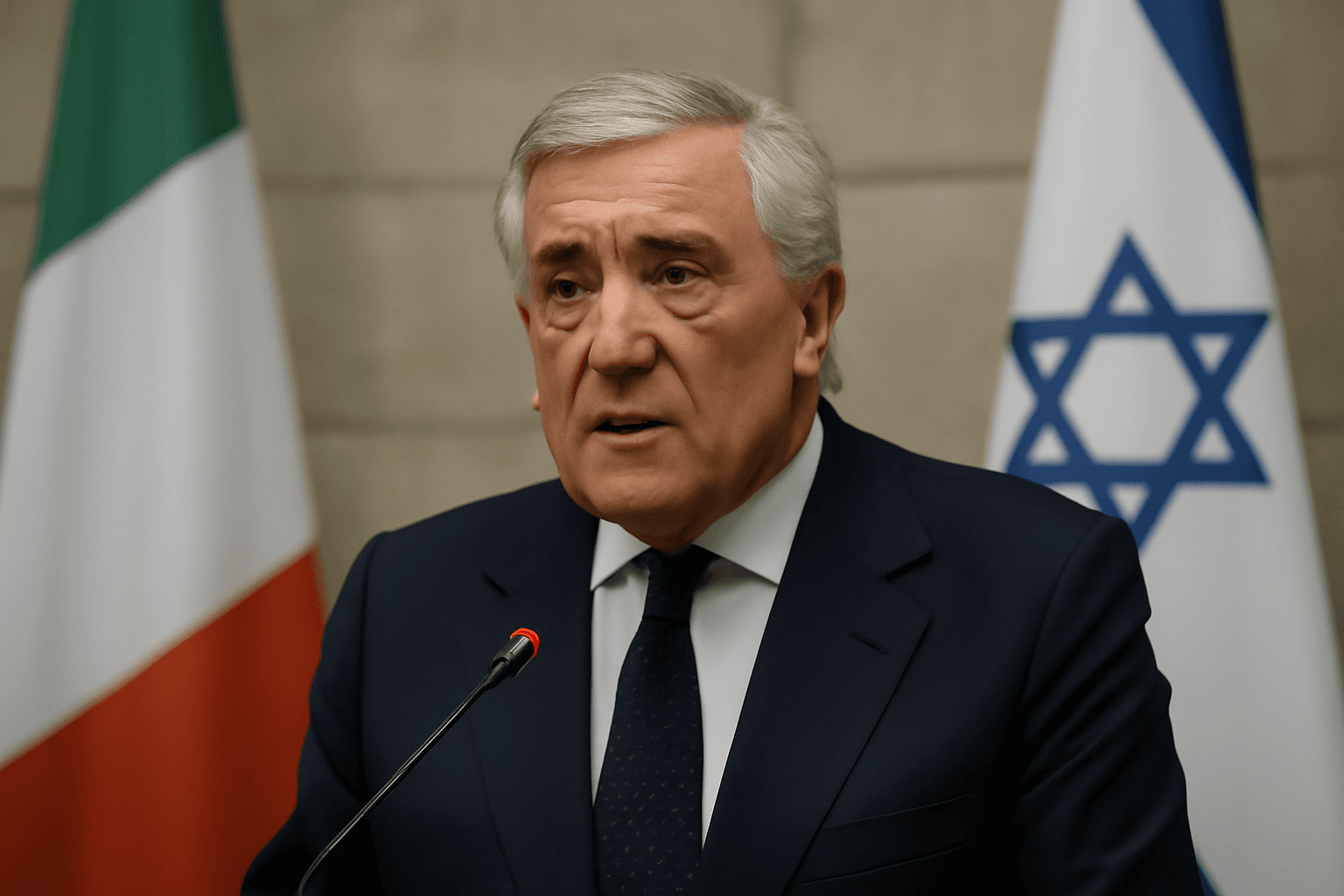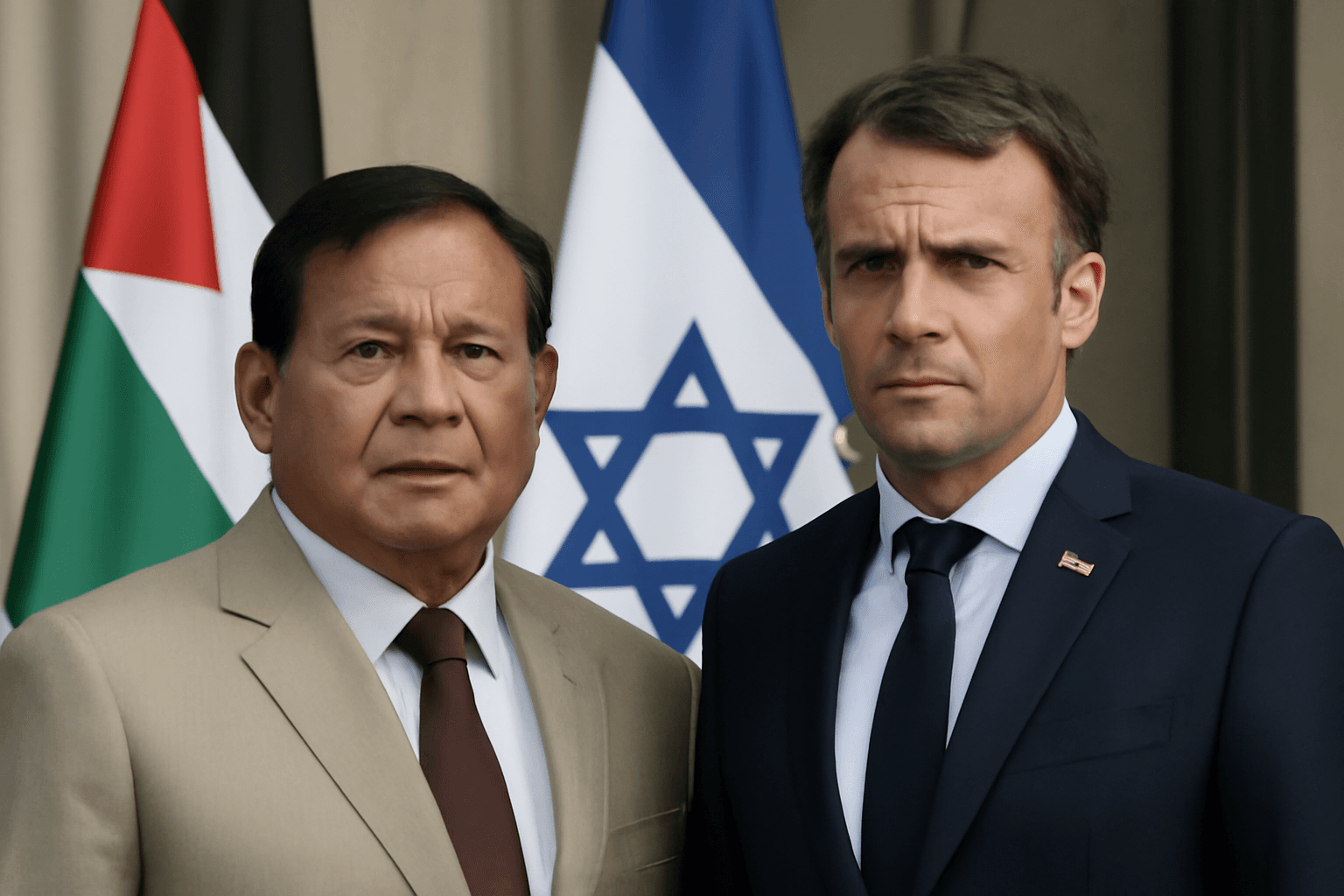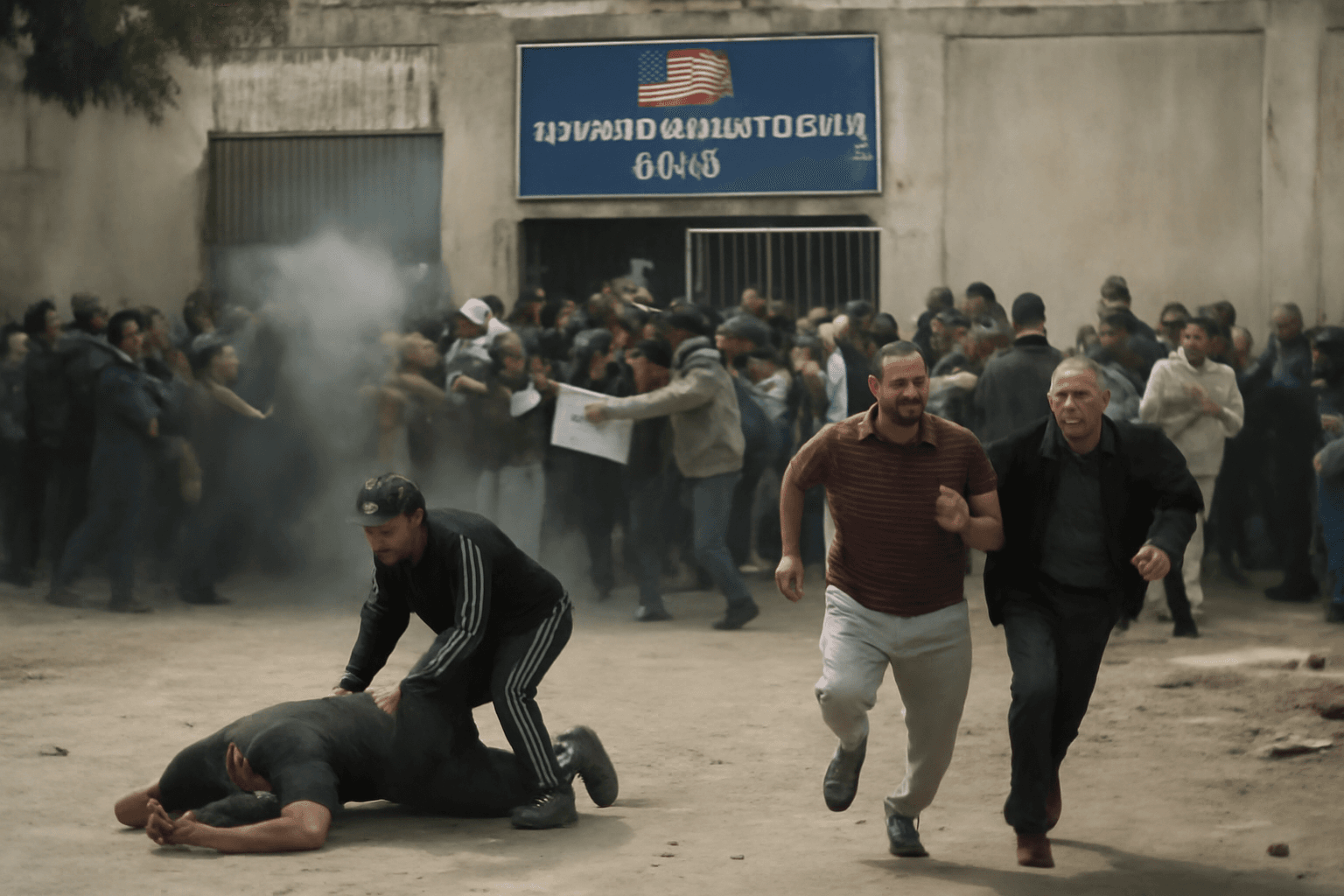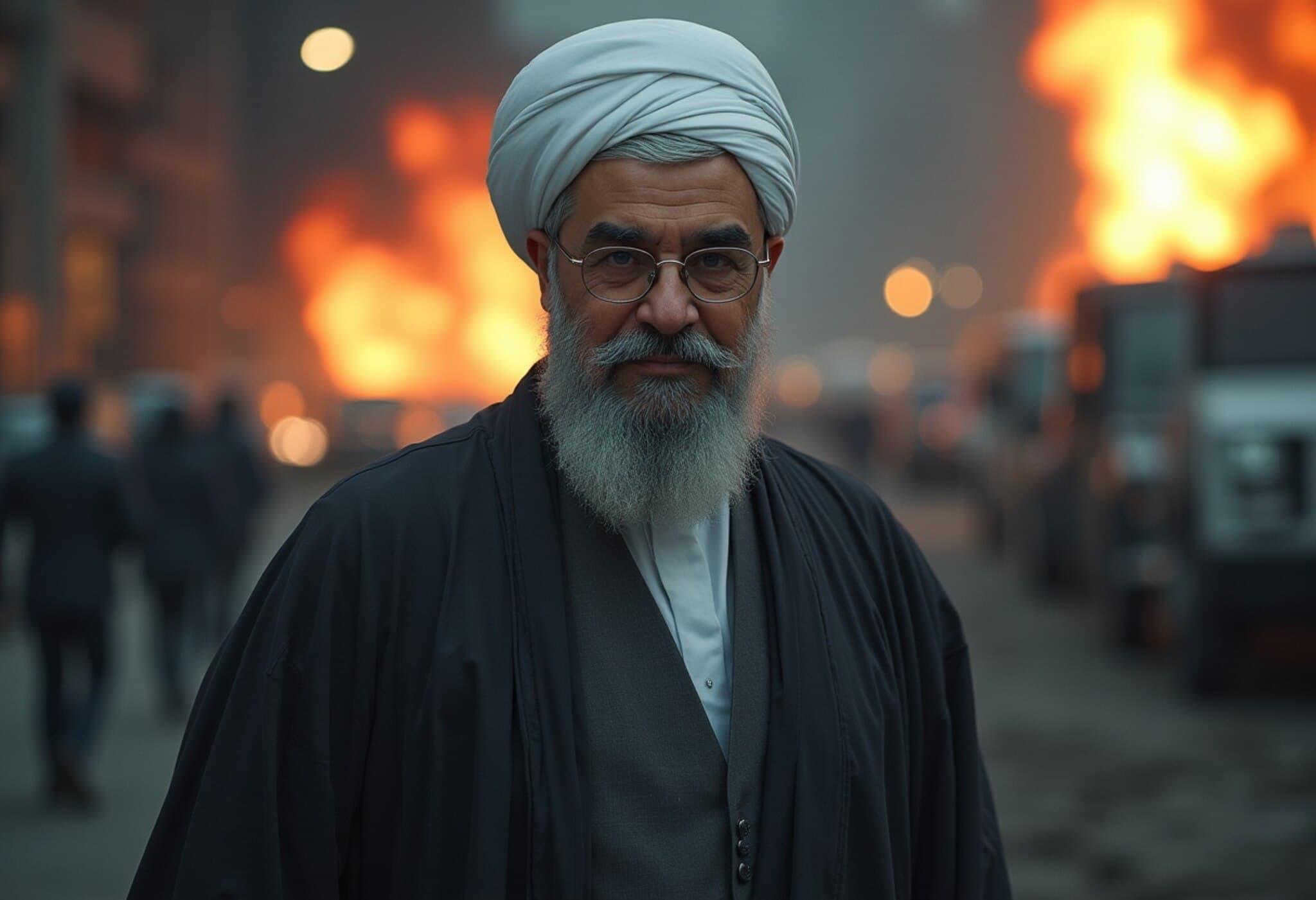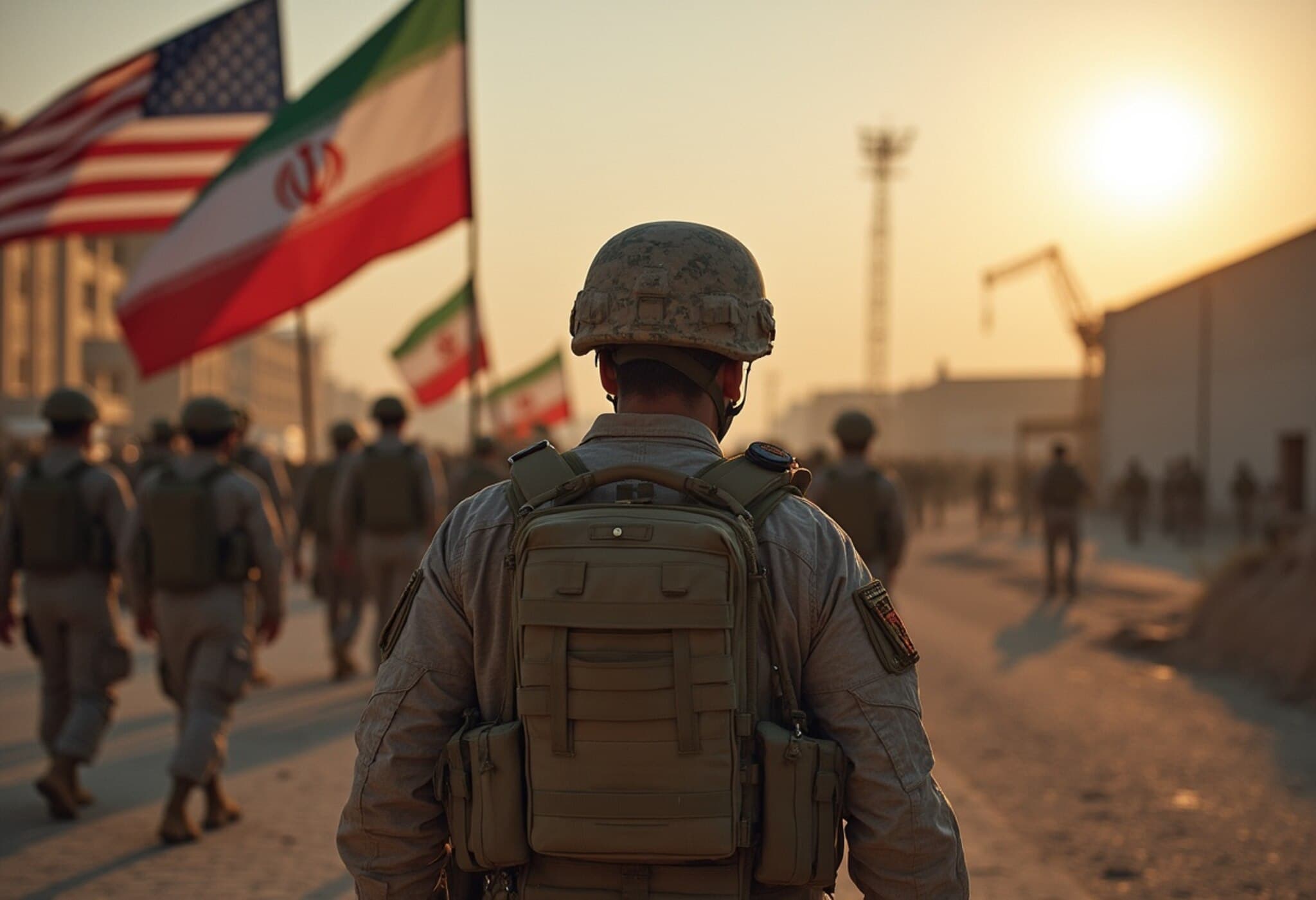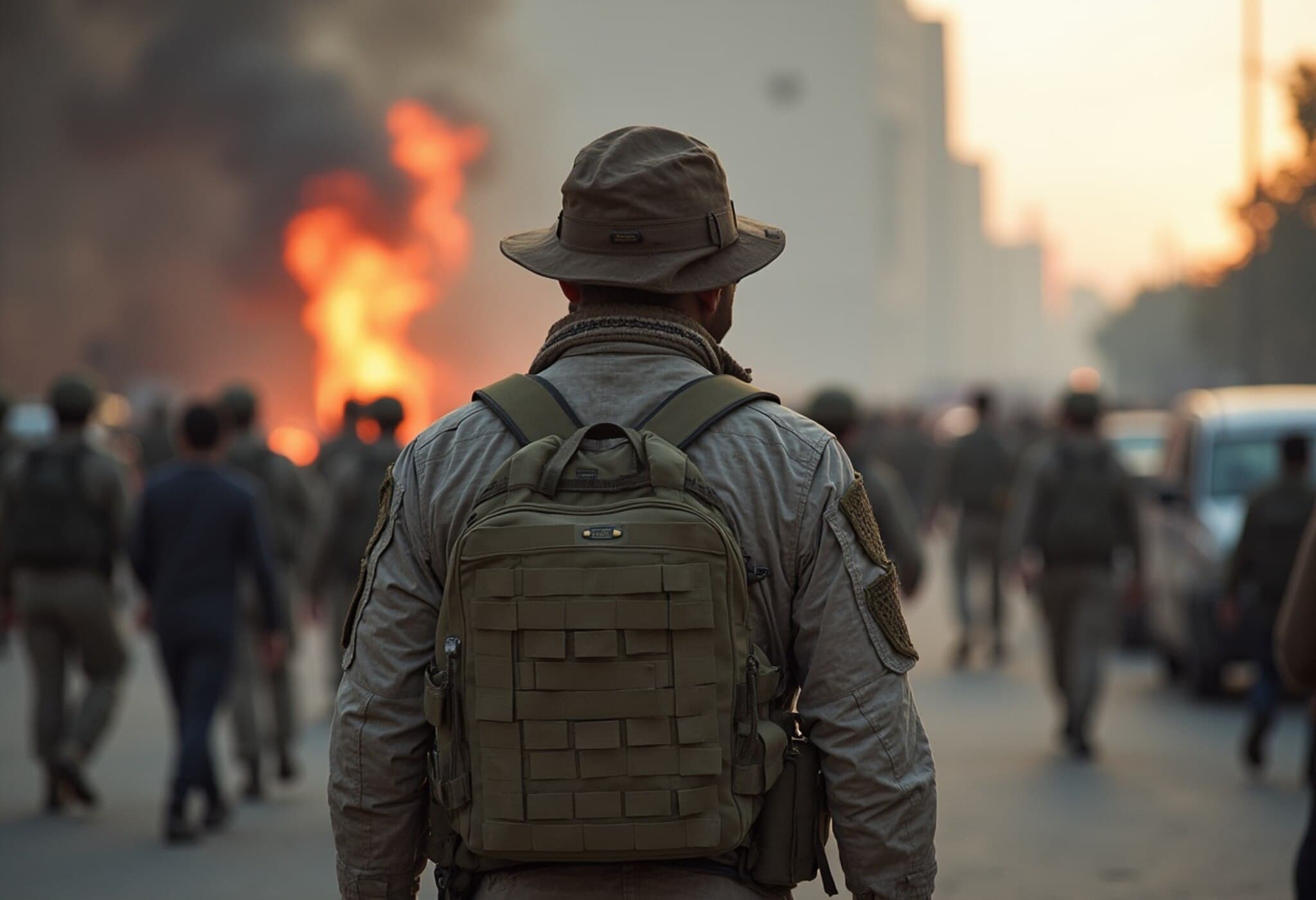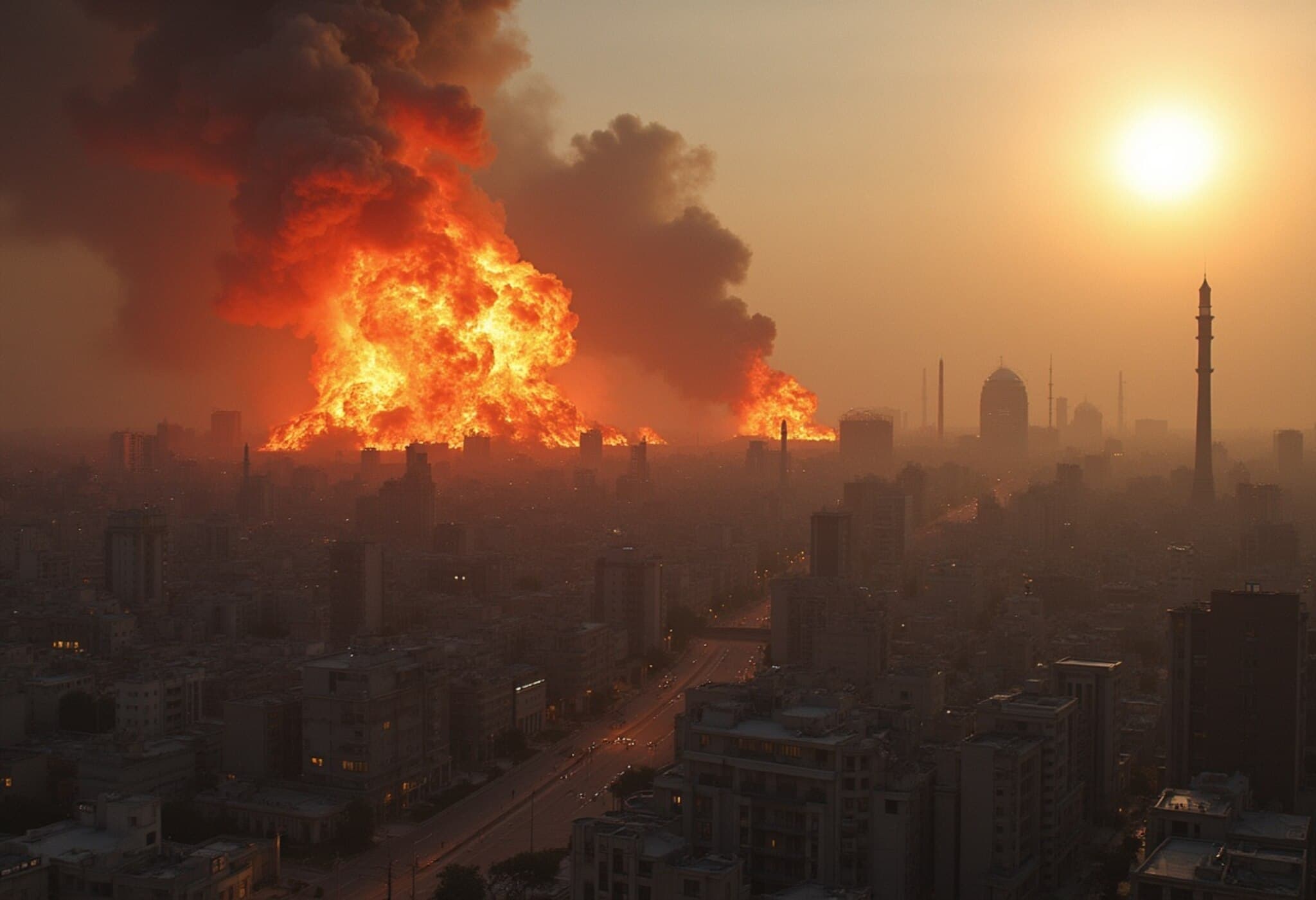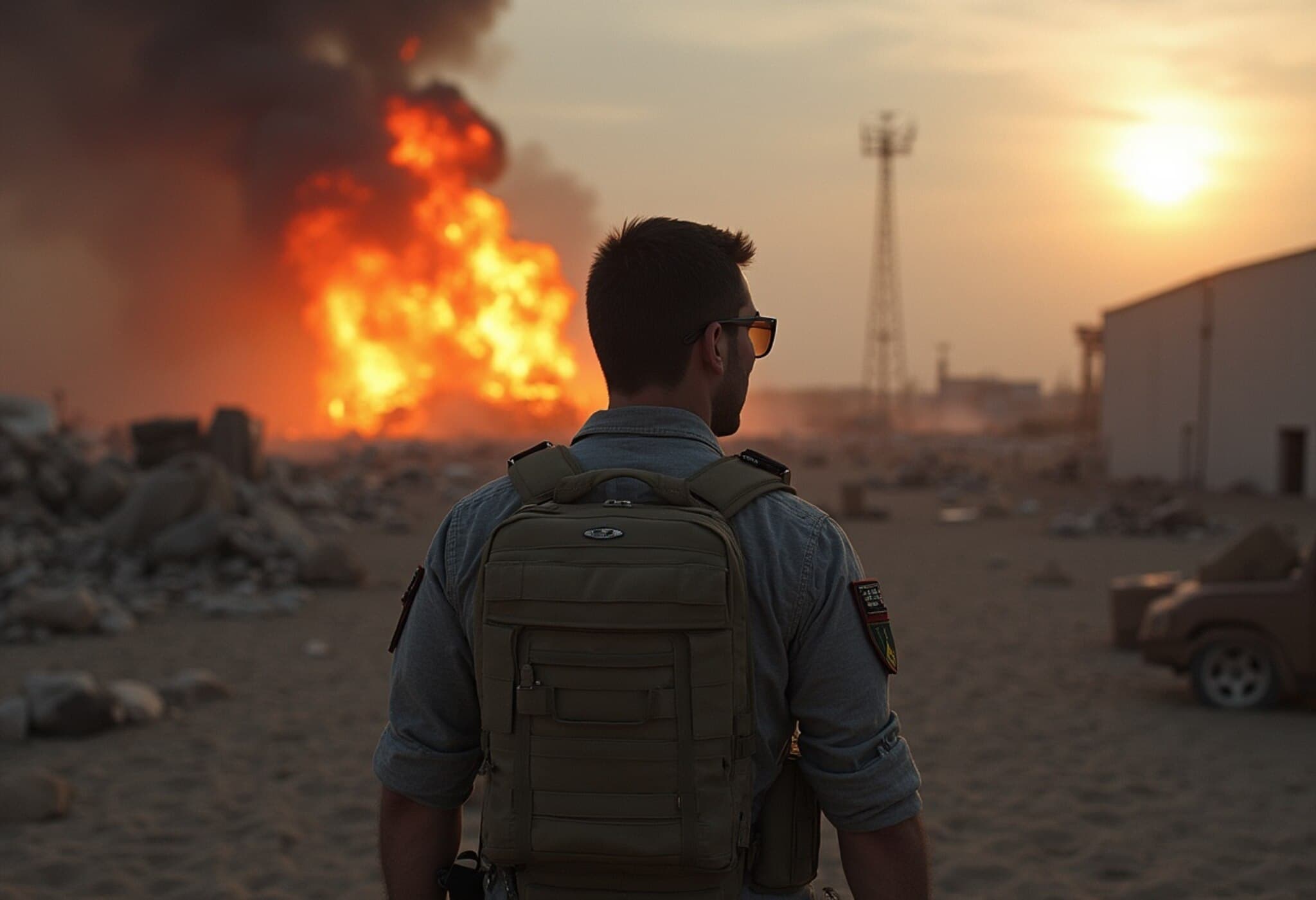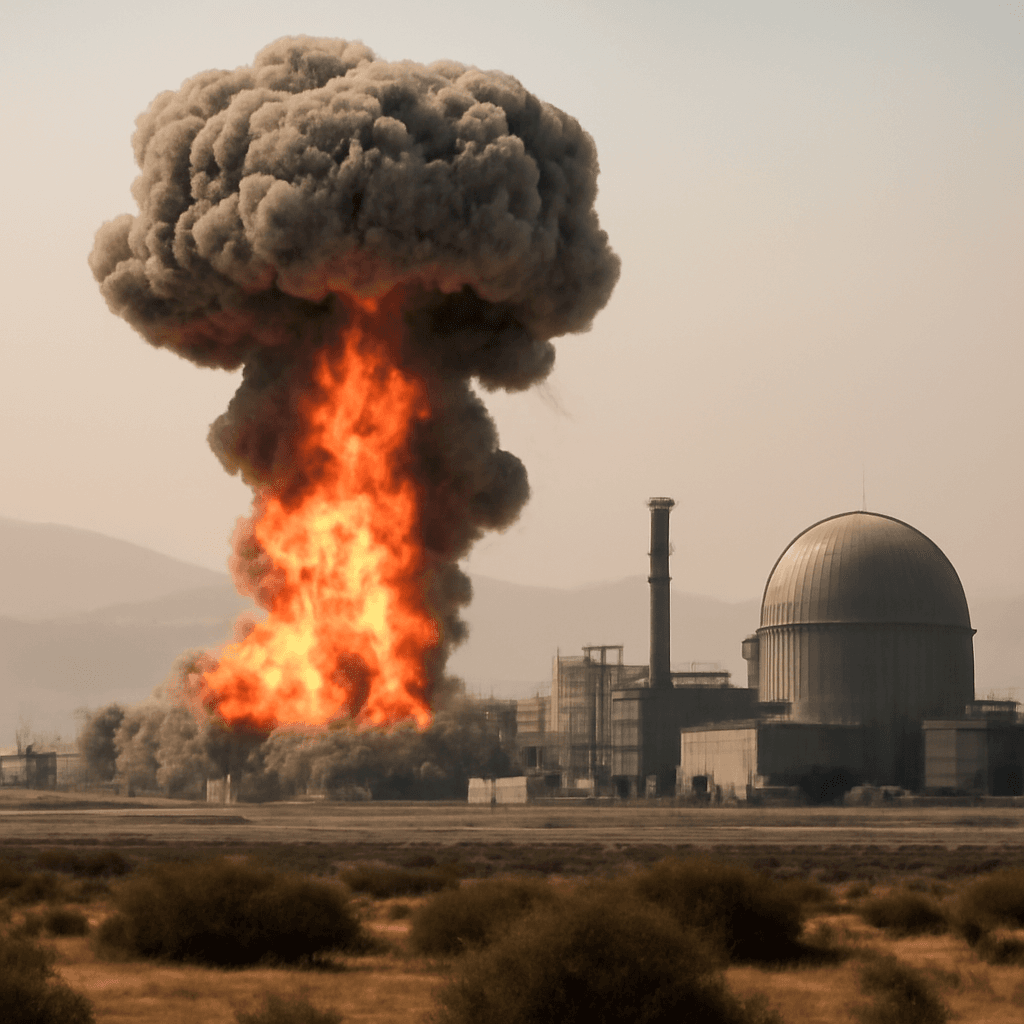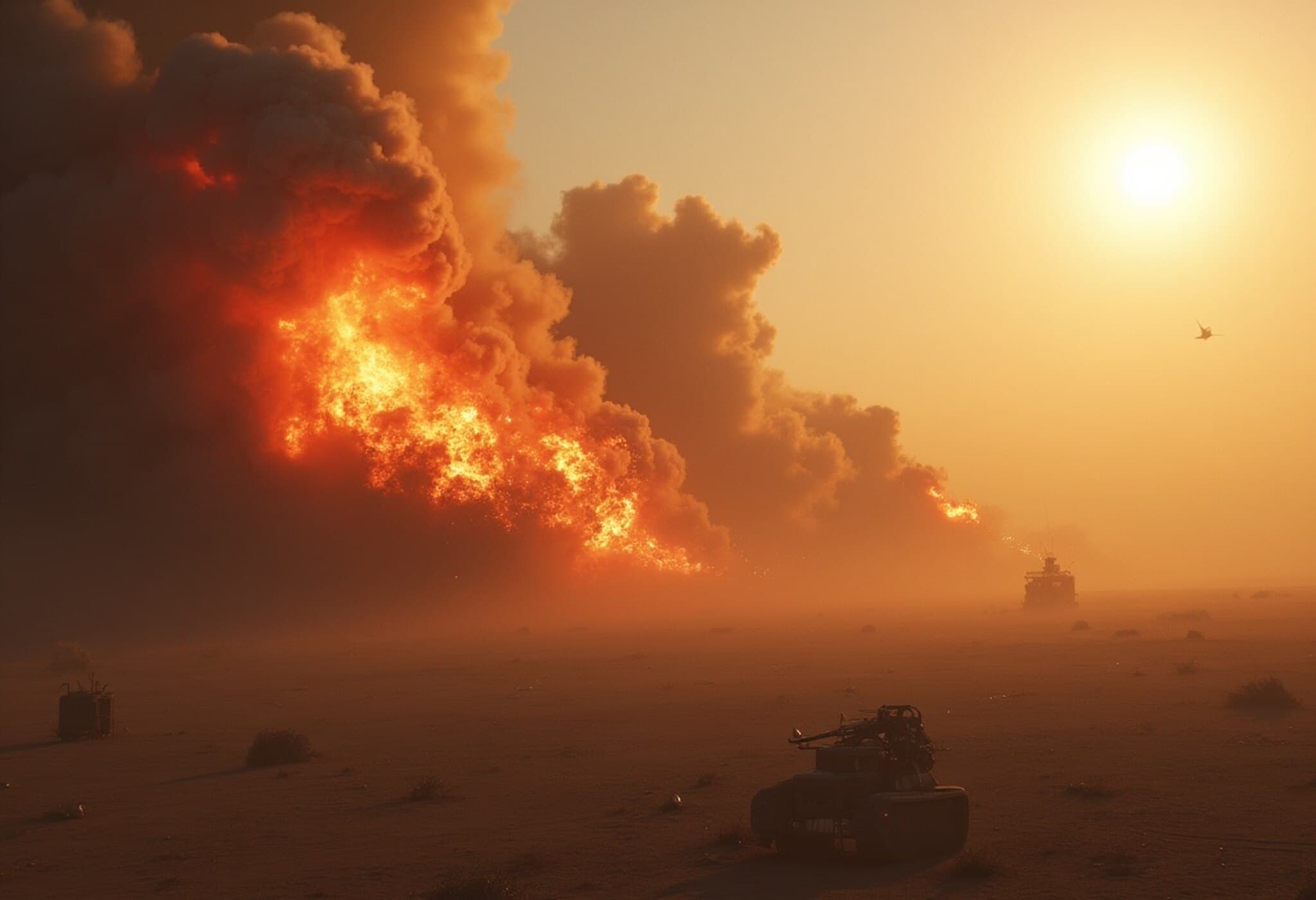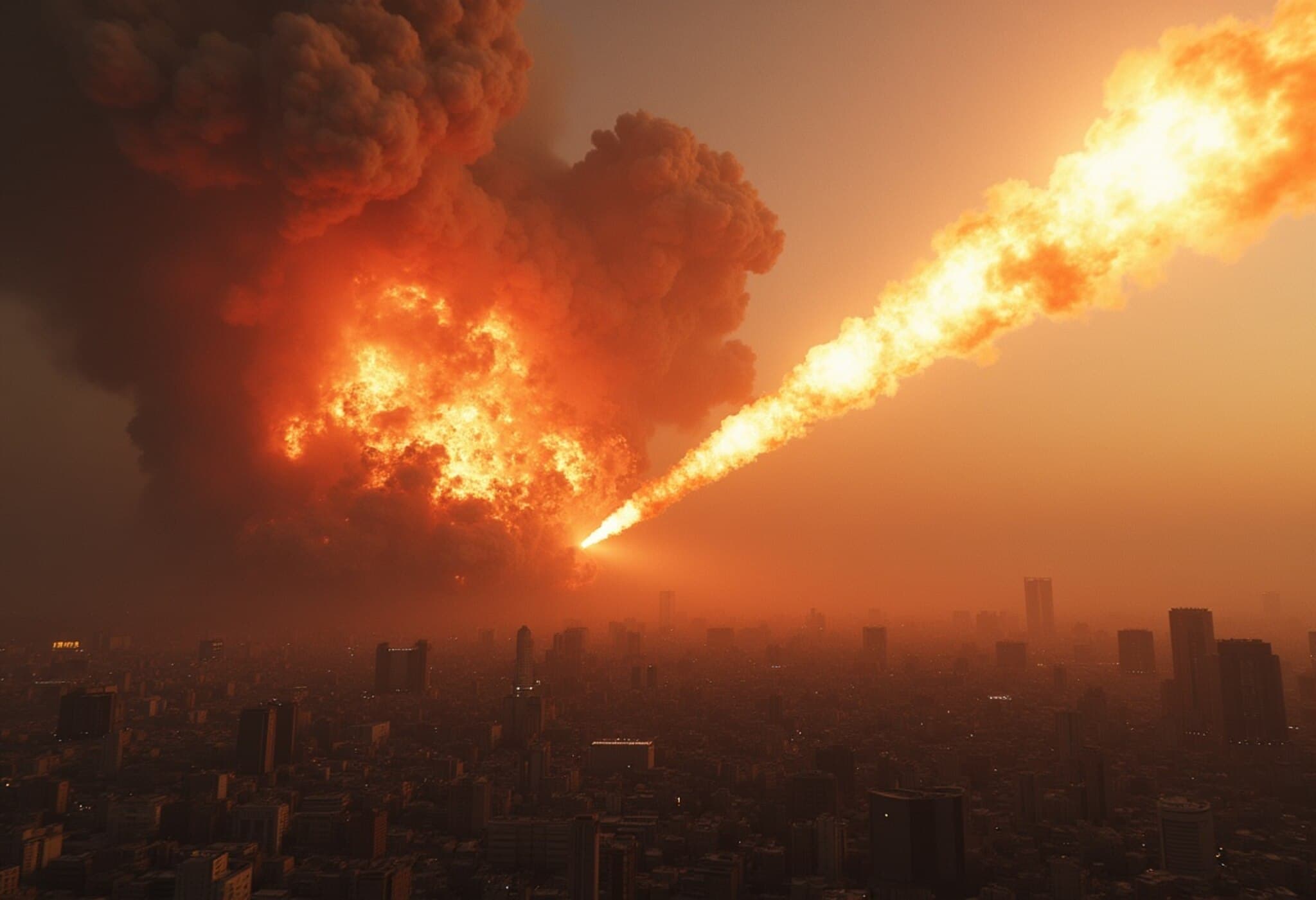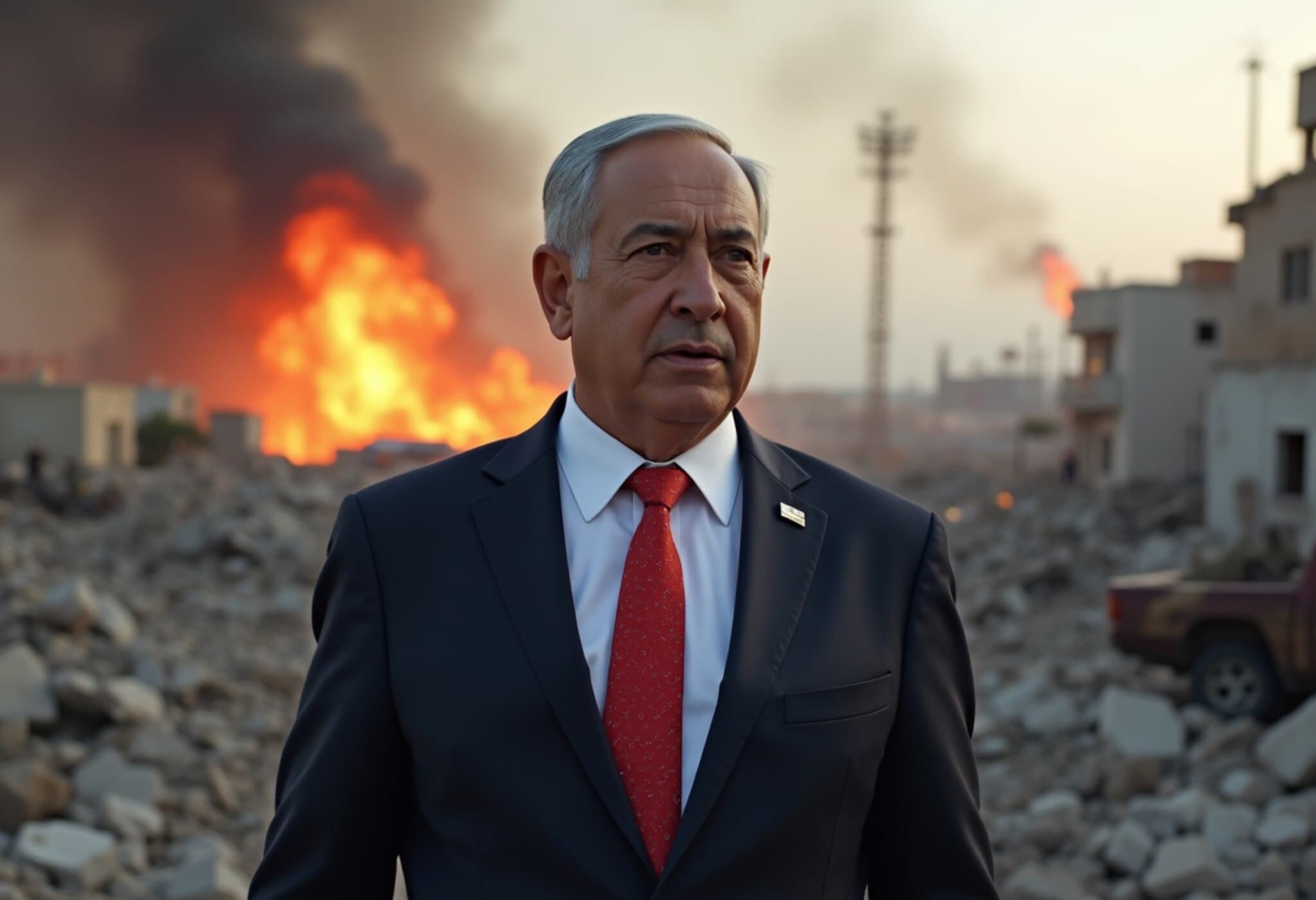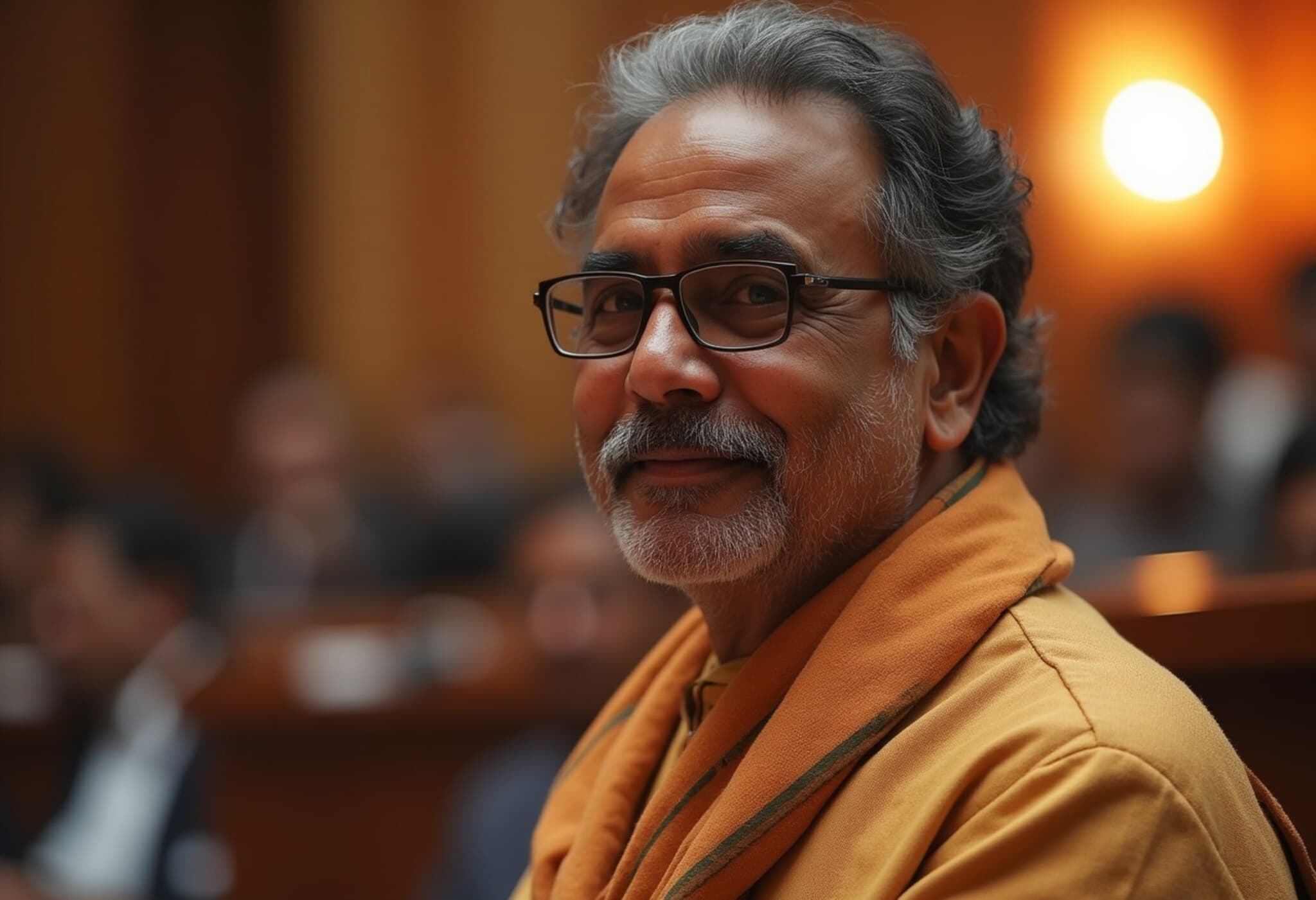Iran Signals Complex Dialogue Ahead of IAEA’s First Visit Since July
In a significant development, Iran has indicated that upcoming discussions with the International Atomic Energy Agency (IAEA) will be intricate and heavily technical. This visit marks the first engagement between Iran and the UN nuclear watchdog since Tehran suspended all cooperation in early July.
Background: A Fragile Break in Cooperation
The suspension of Iran’s collaboration with the IAEA, announced by President Masoud Pezeshkian on July 3, came amidst heightened regional tensions following a 12-day conflict with Israel. This conflict was escalated by Israeli strikes on Iranian nuclear facilities, backed by US military actions targeting the same sites. These events deepened mistrust and led to a complete freeze in nuclear oversight interactions.
Official Statements and Meeting Prospects
The Iranian Foreign Ministry, through spokesperson Esmaeil Baghaei, confirmed the visit and underscored the technical complexity of forthcoming talks. There is speculation about a possible meeting involving Foreign Minister Abbas Araghchi, though outcomes remain unpredictable. Deputy Foreign Minister Kazem Gharibabadi disclosed that IAEA Deputy Director General Massimo Aparo has already concluded rounds of discussions with local ministry officials and agency representatives, focusing largely on setting a framework for future engagement—details of which remain confidential.
No Site Inspections Scheduled Yet
Notably, this visit will not include access to nuclear sites, signaling a cautious approach by Iranian authorities. This restraint comes in the wake of the IAEA Board’s June 12 declaration that Iran violated its non-proliferation obligations—a charge Tehran vehemently disputes. Iranian officials have criticized the agency for insufficient condemnation of the Israeli and US strikes on their nuclear infrastructure, which Tehran claims is under continuous monitoring.
Implications for Nuclear Oversight and Regional Stability
- There are growing concerns among international analysts that Iran’s recalibration of its relationship with the IAEA could significantly hinder monitoring efforts of its uranium enrichment program.
- Currently, Iran’s uranium enrichment has reached approximately 60%, a level dangerously close to the 90% threshold considered weapons-grade, exacerbating global anxieties.
- Past partial inspections occurred during phases of negotiation with Western powers, but the uncertain trajectory of renewed nuclear talks, notably with Washington, casts a shadow over future transparency.
- US intelligence and IAEA assessments concur that Iran formally ended its organized nuclear weapons program in 2003; however, the enrichment levels continue to raise alarms.
Expert Insight: The High Stakes of Negotiation Dynamics
The interplay between Iran’s cautious posture and international demands highlights a broader strategic balancing act. Tehran appears to be signaling that any renewed cooperation will require explicit authorization from the Supreme National Security Council, potentially instituting even tighter controls on IAEA inspectors.
From a policy perspective, this underscores the limits of diplomatic engagement amid regional conflicts and proxy pressures. For the US and its allies, navigating these discussions involves managing the delicate equilibrium of discouraging nuclear proliferation without triggering further regional instability.
Editor’s Note
This renewed but cautious engagement between Iran and the IAEA serves as a bellwether for the future of nuclear transparency in the Middle East. As Tehran asserts its sovereignty while responding to both military pressures and international scrutiny, global actors face a complex puzzle: How to foster trust and verification mechanisms in a context clouded by geopolitical rivalry and security dilemmas? The outcome of these talks will be pivotal, not only for non-proliferation but for broader stability in a restless region.

